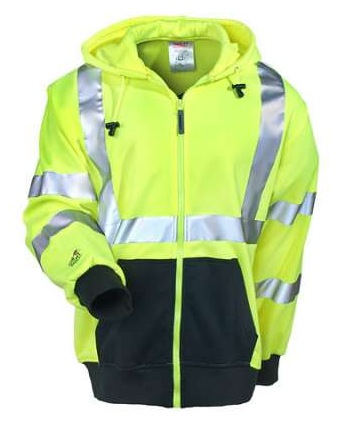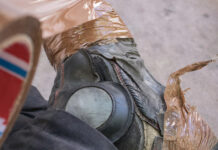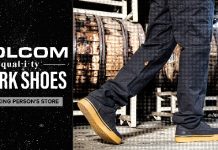To most people, a safety vest is a safety vest. Orange or lime green, big or small, it’s all the same. But one look at some sobering statistics, and you’ll realize otherwise. You’ll realize the importance of having the correct and compliant safety vest for your line of work.
According to the 2011 NSC Injury Fact Book, there were 667 fatalities and 28,958 injuries in work zone crashes in 2009. That’s almost two deaths per day. And it’s two too many. These statistics show that struck-by accidents remain a major workplace hazard. And they outline the importance of making sure your safety vest is fully compliant.
Because the fact is, it’s easy to wear one that isn’t compliant, without even knowing it. High-visibility apparel has become an iconic part of the image of the blue-collar worker. You see them in commercials on road construction workers, airline and transportation workers, law enforcement and other service personnel. And most of those times, in those commercials, they’re wearing a vest that isn’t compliant.
There are three major elements to high-visibility apparel that is compliant with ANSI/ISEA 107, the high-visibility industry standard: Background material, retroreflective material, and garment design. They also must pass tests by an independent third party.
The background material of compliant safety vests must be yellow-green (lime), red-orange (orange), or red. This is usually a fabric and is the crux of the vest. Rigorous testing and guidelines must be followed for chromaticity coordinates, luminance, colorfastness (fading), burst strength, tear resistance and dimensional change (shrinking). Basically, the vest must be bright enough, and they must stay that way despite wear and tear. Synthetic materials such as nylon and polyester are usually best since natural fabrics such as cotton suffer fading after laundering.
The second major element is retroreflective material. They’re more commonly referred to as “reflective material” or “reflective tape.” Basically, these are the reflective strips you see stuck to the background fabric. Their primary purpose is to reflect light back to its source, especially at night. They must pass stringent tests for photometric performance, which basically means, “how brightly does it reflect light back to its source?” Other requirements include performance after abrasion, temperature exposure, washing, and performance when wet – to simulate working conditions during rainfall. There are two different types of retroreflective material. One of silver in color and is commonly called “silver glass bead” or just “glass bead.” It only works when a light source is present for it to reflect back, typically automobile headlights at night. The other type is called “combined performance,” “high gloss” or “prismatic.” It is lime-green, orange, or red in color and meets the requirements for not only retroreflective material but also background material, providing both daytime and nighttime visibility.
The third and final major element of compliance is garment design. It might not look like it, but the design and configuration of the high visibility garment’s features are actually very much on purpose, with the entire goal is so that the garment resembles the human form. Each different type of garment (vest, jackets, shirts, etc) must meet a minimum area of background material, a minimum area of reflective material, and for it all to be configured a certain way. All of these garments are classified (Class 1, Class 2, and Class 3) based on how much background and reflective materials are needed, and all of the different types require one 360-degree horizontal band of reflective material encircling the torso, in order to provide visibility to the worker from all angles. There also must be reflective material in the shoulders (not required for Class 3).
All of these requirements are not laws. It is up to the workers to wear them, and up to employers to make wearing them mandatory. But the importance of these high-visibility safety garments is clear. There needs to be fewer fatalities and injuries. A safety vest is more than just a safety vest. It’s a life preserver. Would you like to read more high-visibility information? Read our list of frequently asked high-visibility questions or leave a comment if we have not covered exactly what you want to know.




